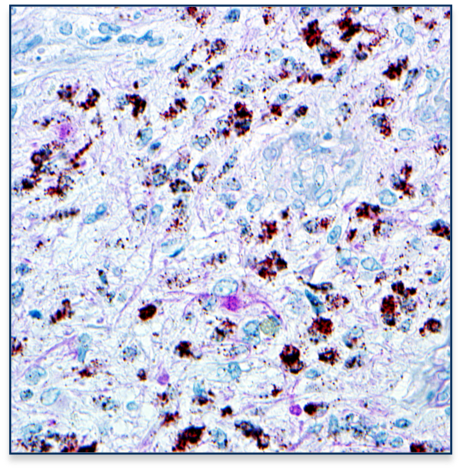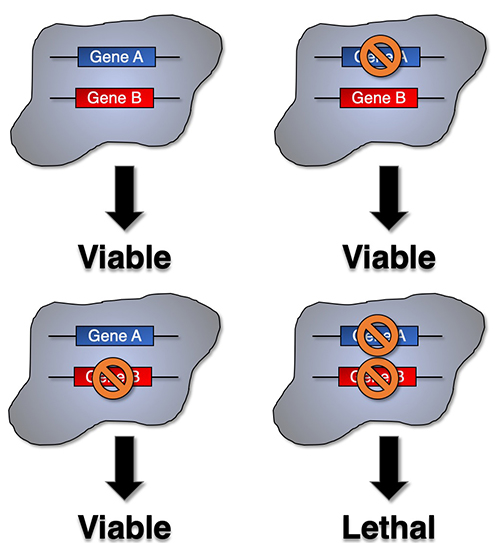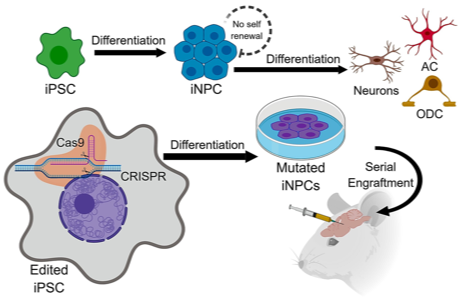Current Research
Tumor Heterogeneity
 |
A central issue that confounds successful treatment of GBM patients is the heterogeneous nature of this aggressive tumor. As a result, multiple and spatially distinct heterotypic populations exist within a single GBM, making any lesion- or pathway-specific therapy less effective. While considerable effort has been placed on understanding cell intrinsic mechanisms conferring therapeutic resistance, much less is known about the interactions between heterogeneous tumor cells within these neoplasms that contribute to the recalcitrant nature of this cancer. |
Tumor Vulnerabilities and Genetic Dependencies
|
Do cancer cells have Achilles’ heels? The answer may lie in a concept called synthetic lethality, a therapeutic opportunity that arises when a combination of deficiencies in the expression of two or more genes leads to cell death, whereas a deficiency in only one of these genes does not. Using genetically characterized PDX models and glioma neurosphere lines our lab has embarked on synthetic lethal approaches to discover tumor vulnerabilities and genetic dependencies in GBMs harboring alterations of the PTEN tumor suppressor gene. |
 |
Next Generation Brain Tumor Models
 |
One factor that makes glioma treatment difficult is its inherent heterogeneity promoted by different genetic drivers. Lack of models with such heterogeneity has been one obstacle for research progress. To circumvent this limitation, our lab is generating neural progenitor cells (NPCs) derived from human induced pluripotent stem cells (iPSCs) with different combinations of authentic GBM-related genetic drivers introduced by CRISPR/Cas9 genome editing. These engineered cells when engrafted orthotopically into mice recapitulate disease hallmarks, including inter- and intra-tumor genomic and transcriptomic heterogeneity. More information coming soon! |
